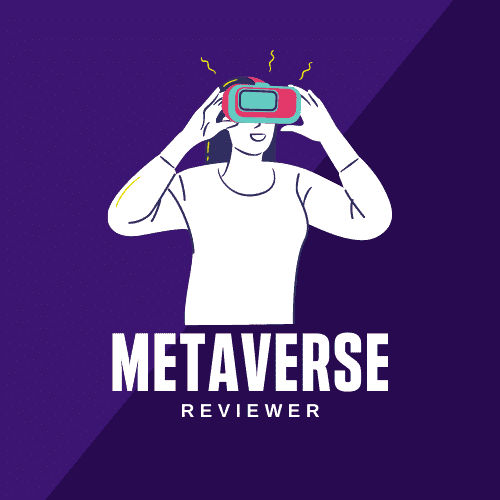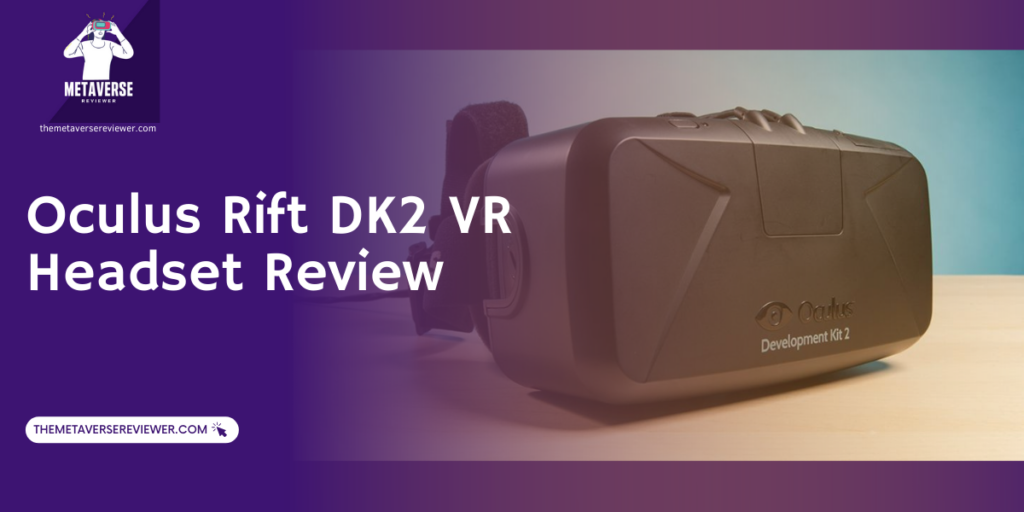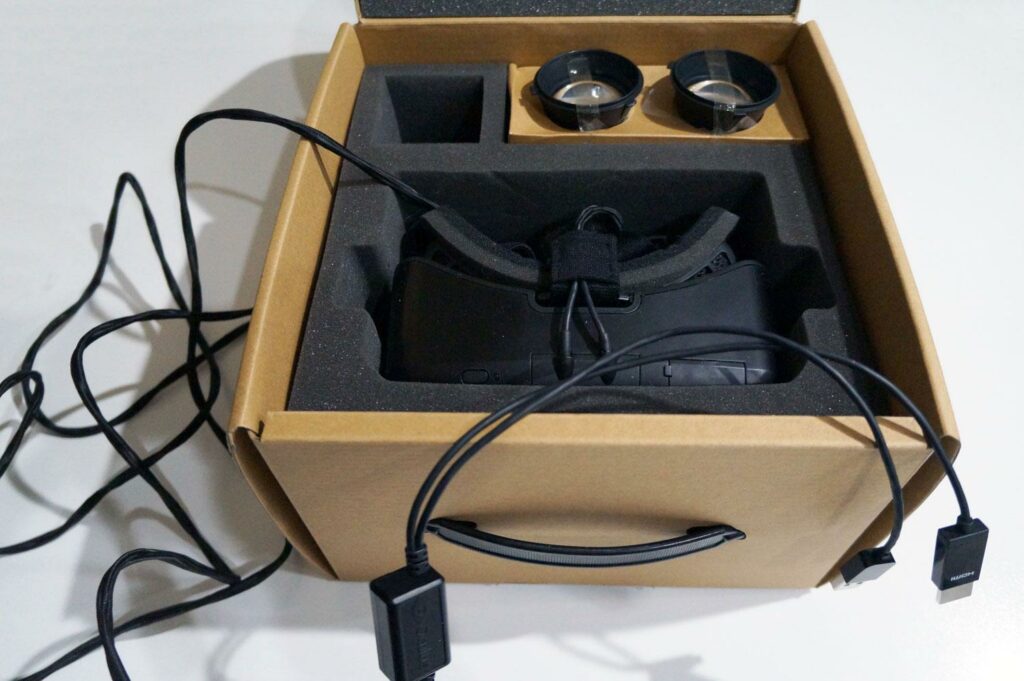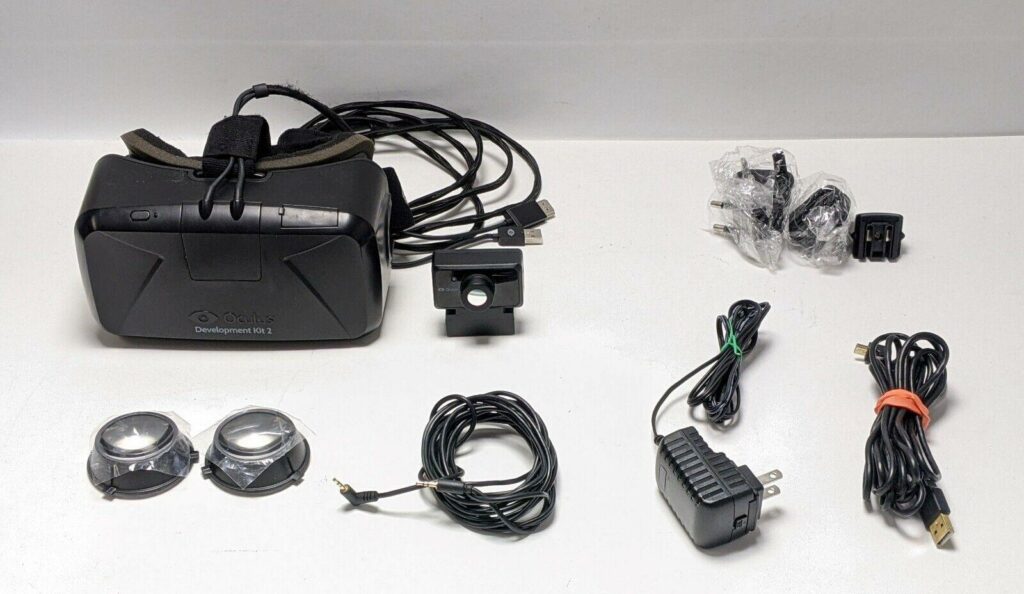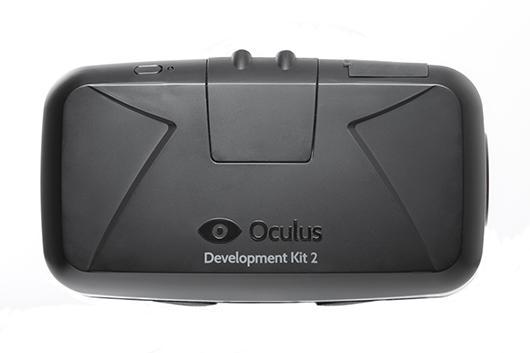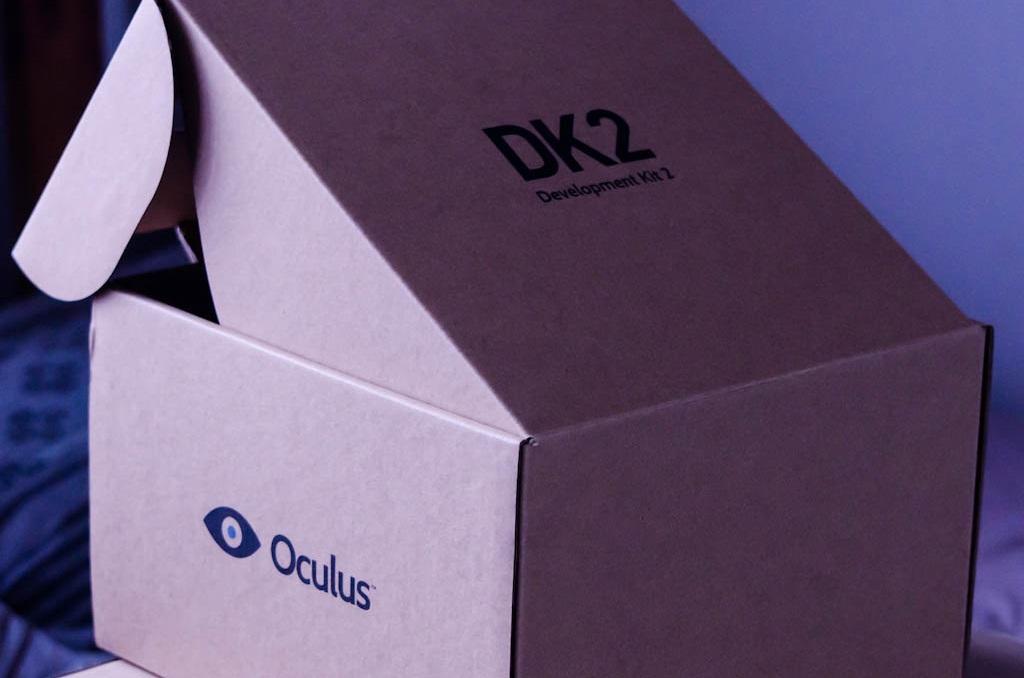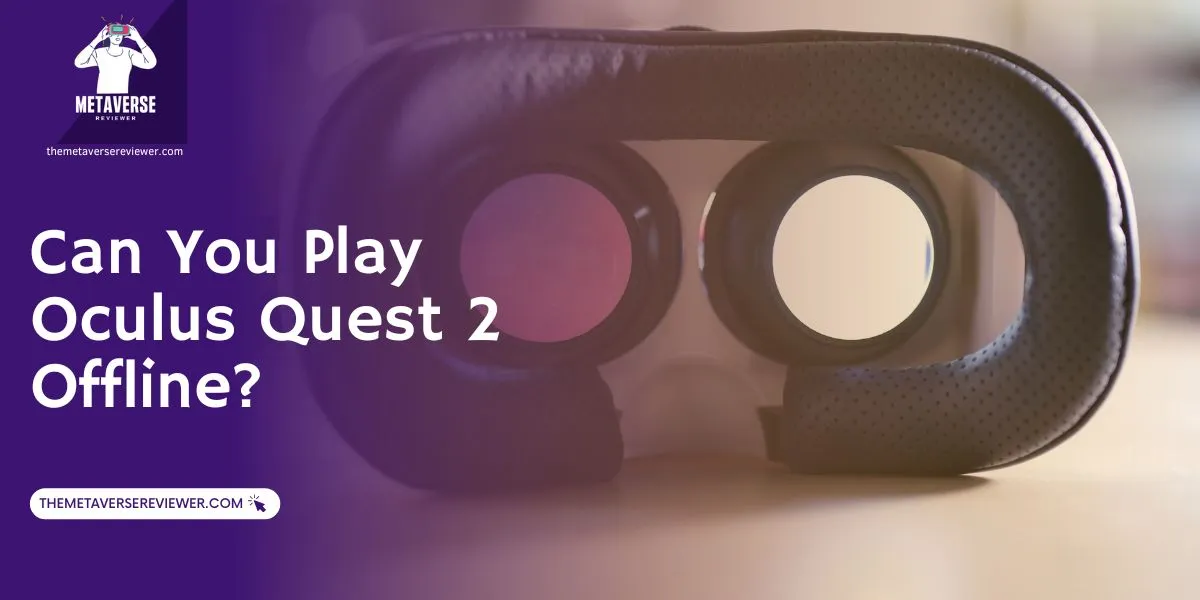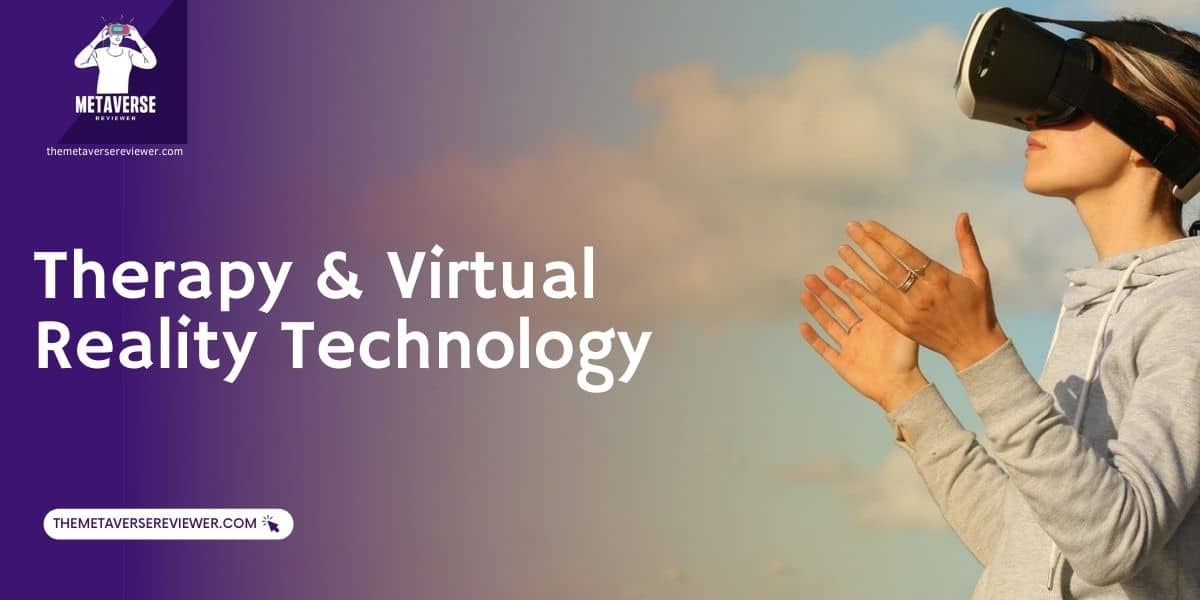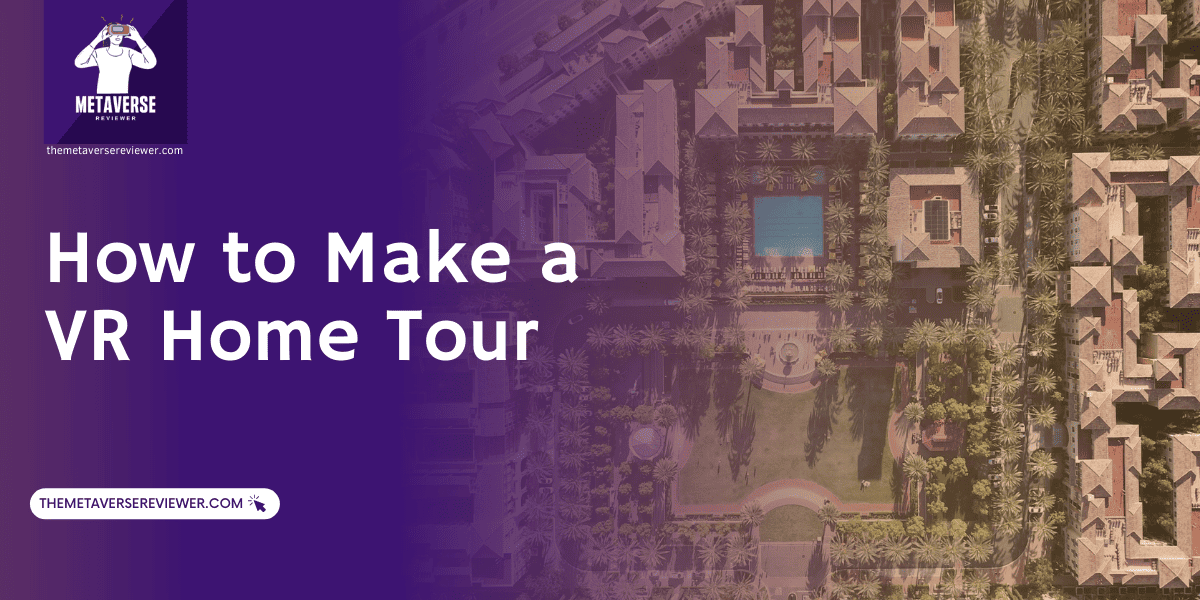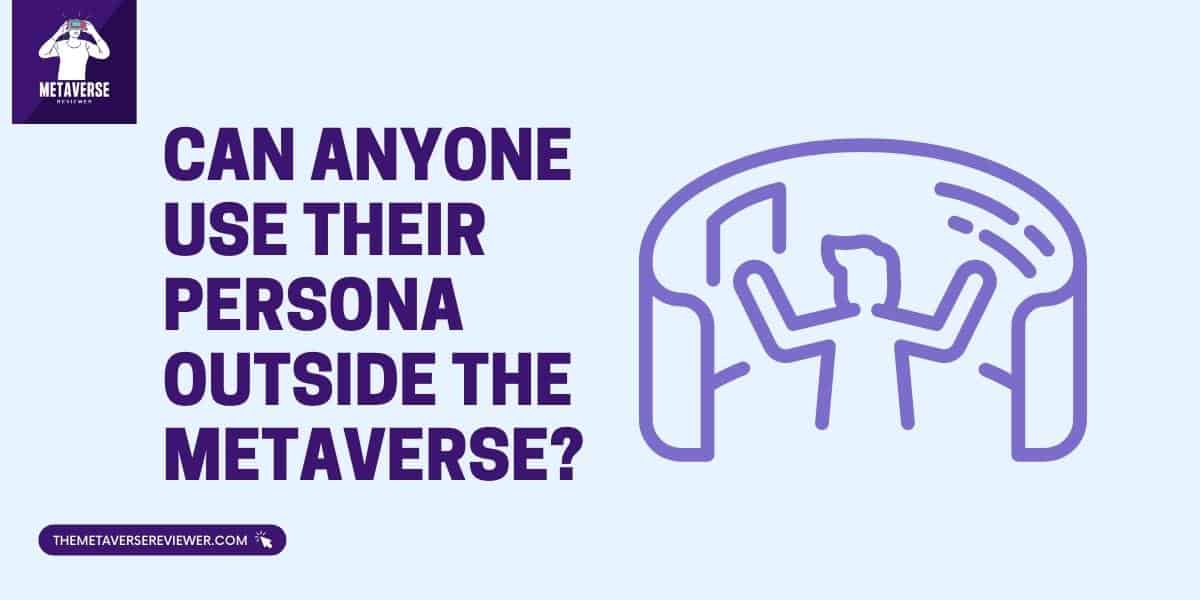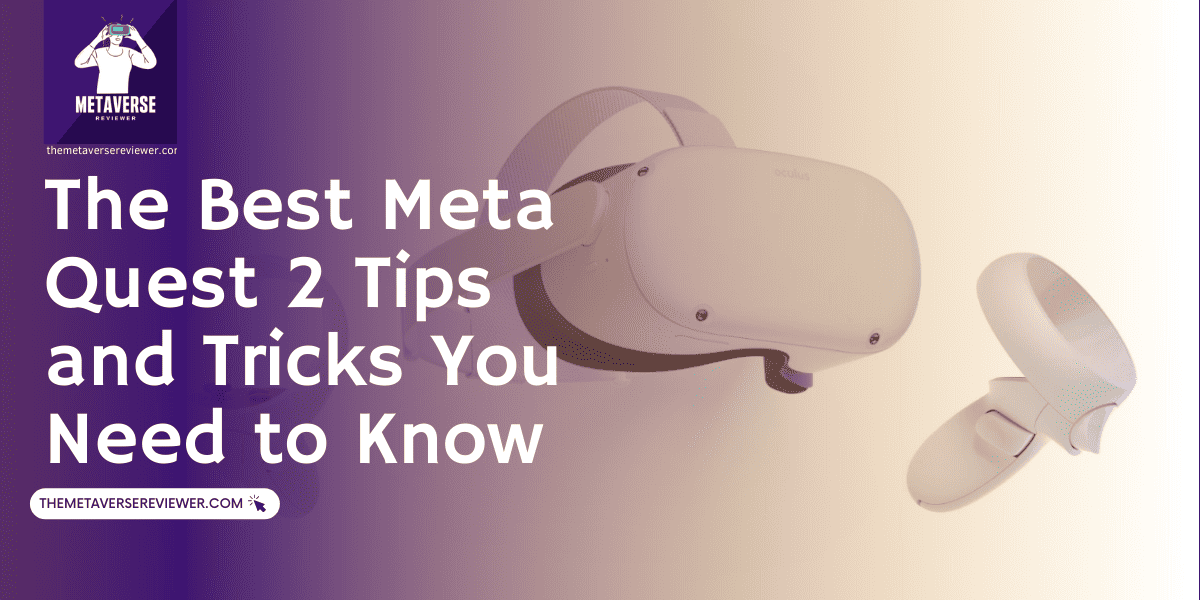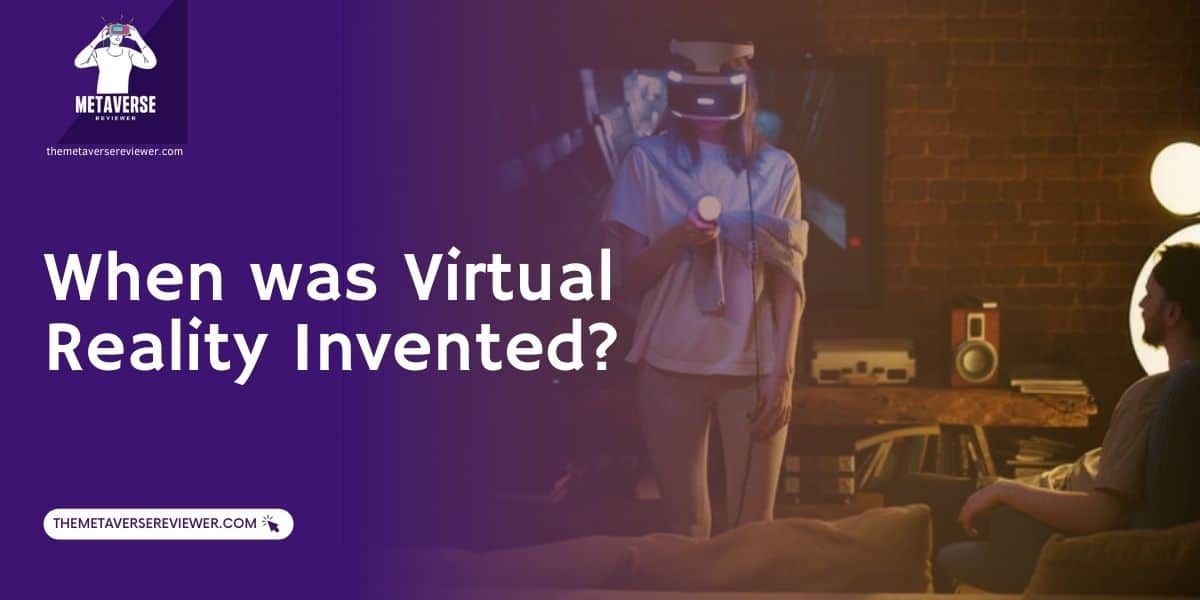In the ever-evolving world of virtual reality, there’s one device that truly stood out for its innovation and impact: it’s the Oculus Rift DK2. Launched in 2014, the DK2, short for Oculus Development Kit 2, served as a striking embodiment of technological advancement, a beacon for what was to come next in the realm of VR.
Building on the groundwork laid by its predecessor DK1, DK2 brought with it a flurry of enhancements that set a new standard for immersive experiences such as improved resolution, precise positional tracking, and reduced latency, making it more than just a second iteration; it was really a new vision for the future of VR.
When it hit the market, it sparked so much talk and excitement among both enthusiasts and developers. Orders started coming in with thousands of units claimed within the first day and only half of availability. And though it saw its fair share of skepticism (particularly in light of Facebook’s acquisition of Oculus VR), the DK2 weathered these concerns and remained a steadfast symbol of VR’s potential.
However, the DK2’s reign didn’t last forever. It was eventually discontinued, making way for subsequent, more advanced models. Despite being retired from production, its influence on VR development still persists, and its legacy continues to inspire the VR landscape. A true testament to its enduring impact in the VR world.
Why was Oculus Rift DK 2 discontinued?
The discontinuation of the DK2 was a matter of technological advancement. The “DK” in DK2 stands for “Development Kit,” which means it was essentially a beta product. It was designed for developers to begin experimenting with VR technology, to create and adapt software for a brand new medium. The consumer market was ready for more refined, user-friendly VR products, and Oculus was ready to deliver. The launch of the more advanced Oculus Rift CV1 in 2016 signaled a move from developer-focused kits to consumer-ready devices.
Unboxing and Design
One element that truly distinguished the Oculus Rift when it initially launched was the exceptional packaging of the DK1. The arrival of the Rift DK1 in a high-end plastic case added a touch of luxury, making both transportation and protection of the headset a noteworthy aspect. Opening the external box to discover this deluxe case within was a pleasant surprise for many. However, with the DK2, this premium plastic case was replaced by a simpler yet functional box.
While the box was practical, it didn’t quite match the premium feel of the DK1’s case. Oculus took a meticulous approach to packaging, with each item individually wrapped and sealed in tailor-made bags. This extends to all components, ranging from the Rift headset to the ‘B’ eyecups, and even to the positional tracking camera.
For those who prefer a written inventory over a video walkthrough, or those in need of a quick reference.
Here’s a list of what the Oculus Rift DK2 box contained:
- Oculus Rift DK2 Headset (with a detachable cable)
- Positional tracking camera
- ‘B’ lenses
- Positional tracker mini-USB to USB cable
- Positional tracker 3.5mm to 3.5mm sync cable
- DVI to HDMI adapter
- Power adapter (compatible with 4 plug types: US, EU, UK, AU)
- Lens cleaning cloth
Display and Visual Experience
Diving deeper into the DK2’s features, the enhancements to the display and visual experience stood out significantly. The leap from the DK1 to a 1080p OLED panel in the DK2 brought sharper images and an enriched color palette to the table, amplifying the immersive quality of the virtual environments. Although the screen door effect, a typical issue in early VR models, still existed, it was notably less noticeable in the DK2 contributing to a smoother visual journey.
What’s more, the introduction of positional tracking was a significant milestone. This innovation allowed for tracking of the user’s movements in three-dimensional space, adding depth to the in-game perspective and making the virtual experience more aligned with the user’s physical actions. All in all, the Oculus Rift DK2 elevated the standards for display technology and visual experience in the VR world, paving the way for future advancements.
Comfort and Ergonomics
With regard to comfort and ergonomics, the Oculus Rift DK2 showed a clear evolution from its predecessor. The lightweight design, with its adjustable head straps, was tailored for extended use. The feel was less cumbersome than the previous model, reducing neck strain and facilitating longer, more immersive VR sessions without discomfort.
In terms of ergonomics, the DK2’s innovation was the introduction of a positional tracking system which marked a significant improvement in the VR experience. This oculus development allows users to perform a wider range of natural movements, transforming VR from a purely visual experience into an interactive one. By enabling adjustments to the interpupillary distance (IPD), the headset offered a more custom fit for users, improving both comfort and visual clarity. Overall, the Oculus Rift DK2 highlighted a clear progression towards a more comfortable, user-friendly VR experience.
Tracking and Motion Controls
When it comes to tracking and motion controls, the Oculus Rift DK2 really stood out. It brought positional tracking to the table, tracking your head in 3D space – a bit like magic! You lean, step back, or sway, and the virtual world moves with you. Makes the whole VR thing feel way more real.
Now, the DK2 didn’t have its own motion controls. Sure, that might be a letdown if we think about what we have today, but we have to remember that back then, the DK2 was all about making VR more real with better visuals and tracking. Hand-tracking like we see today wasn’t really in the picture yet. But the real deal with the DK2 was the positional tracking. That was some game-changing stuff.
The Audio Experience
The Oculus Rift DK2 wasn’t that perfect when it comes to its audio experience, but that’s understandable because it was only the early days of VR. The headset itself didn’t come with integrated audio so, you’d have to use your own headphones or speakers – a bit of a downer, maybe, but on the flip side you could choose your best pair of headphones.
Moving to the software side of things, the DK2 gained support for 3D audio output when Oculus licensed a 3D spatial audio technology to enhance the VR experience. Now that was a plus for immersion. It’s all about how you perceive the depth and direction of sound in a virtual world. Imagine you hear a bird tweeting to your left, instinctively, you’d turn your head in that direction. With the DK2’s 3D audio, these moments felt just right, more natural and lifelike. So, while it may not have had the best audio setup, the inclusion of 3D audio support did help in enhancing the overall sense of realism.
Software and Compatibility
Moving onto software and compatibility, the Oculus Rift DK2, as an early iteration in VR technology, had its challenges. Compatibility wasn’t always a smooth sail and glitches were encountered, as can be expected with emerging tech. The Oculus PC software platform was the backbone of the DK2 supporting an impressive collection of games and VR experiences for users to explore.
While software and compatibility issues may not have been a direct cause for its discontinuation, they were certainly a part of the DK2’s developmental journey that informed the creation of its successors. The experiences and feedback gathered from the use of the DK2 would have contributed to the improved software and compatibility in later Oculus models such as the Oculus Rift S and the Oculus Quest 2 designed for consumer use.
The Oculus Rift DK2 Headset
The headset’s design is a significant improvement over the original developer kit. It exudes a sense of solidity and high-quality craftsmanship. It’s quite likely that the consumer version will closely resemble this design. The DK2 is slimmer due to a smaller display borrowed from the Samsung Galaxy S5 Note 3, boasting a resolution of 1920×1080 pixels, or 960×1080 pixels per eye.
Headset Controls and Adjustments
On the right side of the headset, you’ll find a power button with a status LED, amber when powered on but with an inactive display, and blue when active. The left side features a rubber cover shielding a 2.5mm jack hole and a USB port, hinting at potential future expansion possibilities. The device includes plastic screws on each side to fine-tune the distance between the eyes and the lens cups, providing a robust and secure feel.
Cable Management and Control Box
Unlike the original Rift, the DK2 has done away with the bulky control box. Instead, a small plastic box is situated at the end of the lengthy headset cable. Two shorter cables extend from it, connecting to the computer via HDMI and USB. The box also incorporates a 2.5mm jack for camera connectivity and a power plug for the DC adapter. While the headset can function on USB bus power, external power may be necessary when plugging it into an unpowered USB port or attaching USB devices directly to the headset.
The Oculus Rift DK2 Camera
The camera, resembling a typical webcam, features a lens concealed by a metallic-looking reflective sheet. It connects to the DK2’s cable via a 2.5mm jack port to synchronize with the headset, although the specifics of this synchronization are not entirely clear. The camera can be mounted on a standard clip to position it above the computer display, or it can be attached to a regular camera tripod, adding versatility to its placement options.
Lenses
The new DK2 kit includes two sets of lenses, offering options for those with normal vision (set “A”) and those who are near-sighted (set “B”). The lenses in the DK2 are notably larger than those in the original Rift, but this increase in size does not translate to a wider field of view, as we will explore in more detail later.
Pros and Cons
Moving on to the pros and cons of the Oculus Rift DK2. Now this is where it gets interesting. Because even though it was an early-stage device, the DK2 still had a lot going for it – and a few things against it. Just goes to show, no gadget is perfect.
Regarding the pros, the stuff that really made the Oculus Rift DK2 shine:
- The positional tracking was top-notch, made the VR experience feel more real.
- Compatibility with a good range of games and experiences, thanks to the Oculus PC software platform.
- Higher-resolution and lower-latency display.
- Despite not having integrated audio, it supported 3D audio output, which added a layer of immersion.
- Much easier to connect to PCs.
- It paved the way for VR software development, encouraged game devs to start exploring VR.
And now the cons, the bits that weren’t so shiny:
- The lack of integrated audio meant you had to rely on your own headphones or speakers.
- It had its share of software compatibility issues, but it was a dev kit.
- There were no native motion controls – a feature that’s pretty much standard in today’s VR headsets.
- Demos that work on the first Oculus Rift need to be recompiled.
So that’s the gist of the Oculus Rift DK2 – it wasn’t perfect, but it was a stepping stone for the VR world as we know it today.
Conclusion
The Oculus Rift DK2 is like a memorable chapter in the story of VR – one that laid the groundwork for everything that came after. Was it perfect? No. But it was innovative, ambitious, and it broke new ground. It had its flaws, sure, but it also had features that made VR feel more real and immersive. All in all, while it may not be the best VR device by today’s standards, the DK2 was a trailblazer, a vital part of VR’s journey from novelty to mainstream.
- Oculus Rift DK2 Review – All Features, Why Discontinued? - November 8, 2023
- Best Metaverse Games for 2024 - July 10, 2023
- How to Factory Reset Oculus Quest 2 - June 24, 2023
